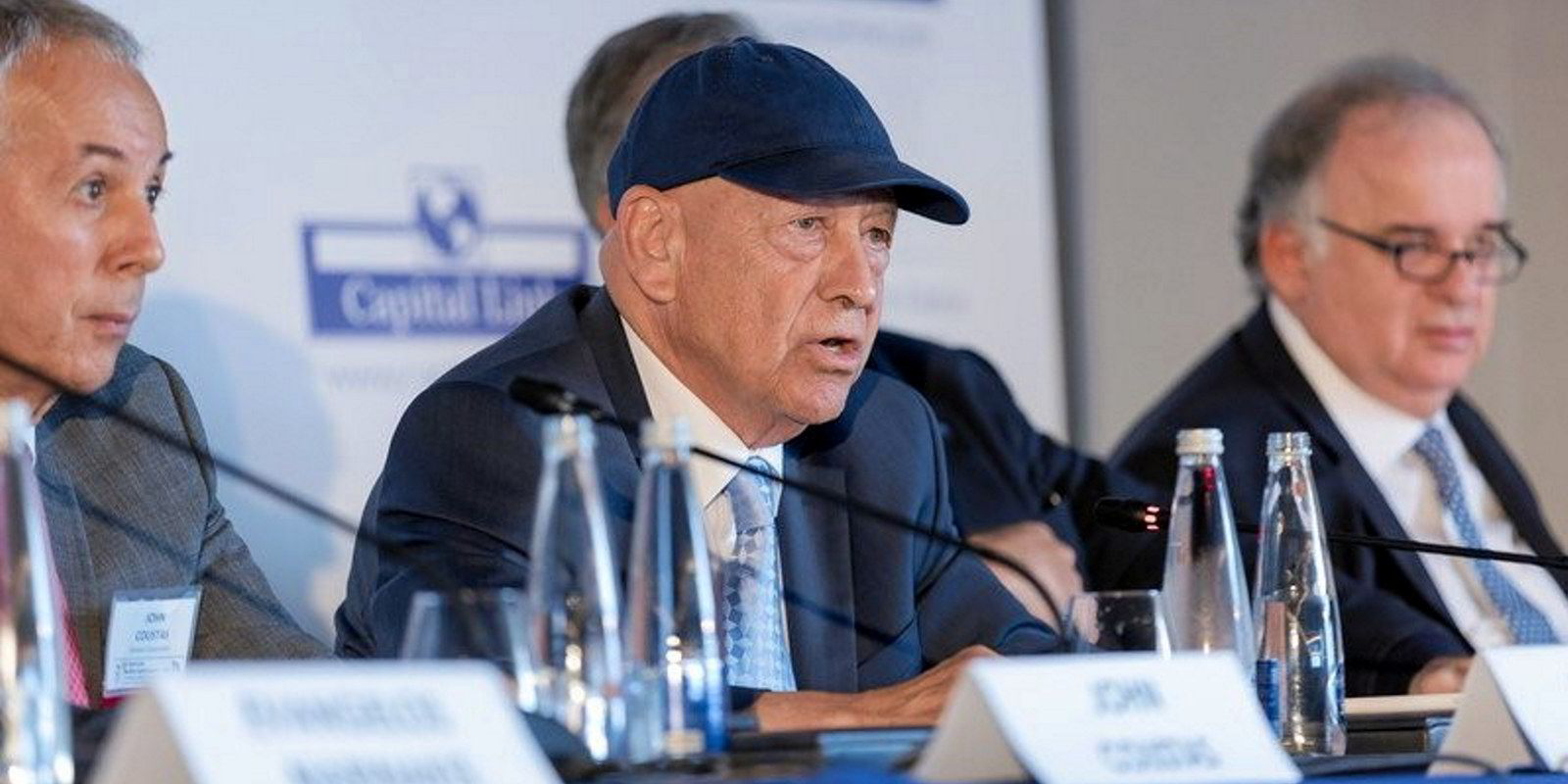Dynagas LNG Partners saw its quarterly earnings dip below Wall Street expectations as interest costs ate into the bottom line.
The New York-listed LNG carrier owner reported net income of $9.6m during the three-month period, a decline from nearly $23.9m, with financial items driving the slump.
Adjusting profits came in at nearly $6.52m, down from more than $10m in the first quarter of 2022.

The result equates to about $0.18 in earnings per share, slightly below the average analyst estimate of $0.21, according to investment bank Stifel.
Stifel analyst Benjamin Nolan blamed the miss on rising interest costs, although hedging by Athens-based Dynagas Partners went a long way in offsetting the cost jump.
The earnings decline came despite a rise in voyage revenue, which grew to $37.3m in the first quarter, from $33.3m a year earlier.
Chief executive Tony Lauritzen said the company has paid off more than $218m in debt since September 2019, including a March deal to pay down a credit facility by $31.3m.
“We have remained committed to our strategy of creating equity value through reducing debt,” he said in the earnings release.
The efforts have reduced Dynagas Partners’ net leverage ratio to 4.5 from 6.6 at the end of 2019 and increased the company’s book equity value by 37% to nearly $431m, he said. Current debt stands at nearly $457m.
Looking forward, Lauritzen said Dynagas Partners sees the outlook for the LNG shipping market as positive.
Even though natural gas prices in key hubs remain lower than a year ago, US gas’ discount to LNG prices in Europe and the Far East is healthy.
“We believe this is positive for economic sustainability and therefore global growth as well as for gas producers,” he said.
“It is being increasingly appreciated that LNG is a necessary ingredient to managing global emissions as well as energy security and, despite cost increases, we expect the continuation of final investment decisions being received by mature LNG production projects, the execution of new long-term LNG sales and purchase agreements and consequently the continued demand for LNG shipping.”




